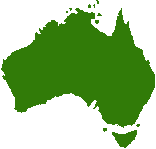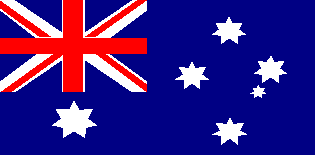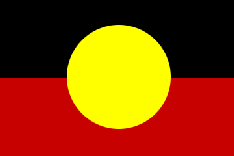

 PAGE
PAGE


The Australian flag (above left) contains the Union Jack in the upper left corner as evidence of colonial settlement.
The Southern Cross is featured, along with another star (with 7 points) This represents the six states
(Victoria, Queensland, New South Wales, South Australia, Western Australia, Tasmania)
and the Territories of the Commonwealth of Australia
(Northern Territory, Australian Capital Territory, Norfolk Island, Antarctic Territories etc).
To the right is what is commonly accepted as the Aboriginal flag, that of Australia's indigenous peoples, who are descended from
an estimated 500+ tribes, with distinct languages and dialects, customs and geographic identities.
There is also another flag representing the Torres Strait Islander peoples, who are recognised as part of Australia's indigenous community
but distinct from the mainland peoples in law and custom. These people typically originate from the northern islands of Australia in the seas they
take their name from as a general identifier.
Aboriginal people also use more specific names that identify the part of the continent to which they identify or originate. Two of the more widely known are Koorie (or Koori) and Murray. The first describes people who originate from South-Eastern Australia, particularly Victoria and Gippsland. The term Murray refers to those coming from or north of the Murray River, and covers New South Wales in general but not exclusively.
The other two names used refer to peoples from Northern Australia, around the Northern Territory, and from parts of Western Australia.